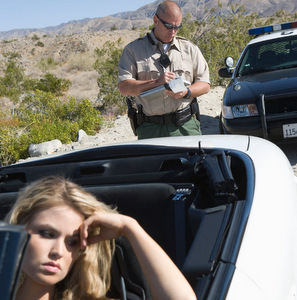I don’t know what you call “spring fever” in the fall -- fall fever, maybe? but I have it bad. I can’t wait for vacation and road trip and turkey and PIE!!!
After listening to Dr. Michael Francis from USF at our Secondary Social Studies District-Wide Training this past August, everyone knows that the first REAL Thanksgiving was in Florida, right?
 The feast in the spirit of Thanksgiving that we celebrate -- of different people coming together and giving thanks -- occurred 56 years before the one in Plymouth, Massachusetts.
The feast in the spirit of Thanksgiving that we celebrate -- of different people coming together and giving thanks -- occurred 56 years before the one in Plymouth, Massachusetts.
Instead of English Pilgrims and Wampanoag Indians, it happened between the Spanish settlers and the Timucuan Indians in St. Augustine.
Primary sources describe that it was in St. Augustine in 1565 that Spanish Admiral Pedro Menendez founded the fort about 30 miles south of the new French fort called Fort Caroline. After landing in this newly scouted spot, Mendez included all the rituals and trappings that make things official for him and his settlers.
We don’t know what they ate. They didn’t have the advantage of being there long enough to raise crops first, like their later English counterparts in Plymouth. Pork is a pretty solid guess, probably in a stew called cocido with garbanzo beans and onions. Red wine is almost a guarantee. Hard tack biscuits (think of colorless, dry play-dough) from the voyage across the Atlantic is also likely. Did the Timucuans bring anything to the meal? We don’t have records either way. It’s possible that they brought fish or maize or beans and squash or fruit, which were part of their regular diet. Or maybe they didn’t. The length of the RSVP period is a little cloudy.
In the spirit of Thanksgiving, I want to share some of the things for which I’m thankful.
I’m thankful first, of course, for my family and friends.
I’m also extremely thankful for my awesome colleagues. I work with some amazing teachers and administrators and coaches who care deeply about students both now and as future citizens. I am thankful for our colleagues who build strong relationships with students and work unbelievably hard at trying to teach those kids in new and powerful ways every day.
I’m thankful for the ability to teach about our country and others. I am thankful for the freedom to teach about diversity and the varieties that make up the human experience.
I’m thankful for the possibility of cooler weather (at least on my road trip to the mountains)-- and for sweaters to make a Floridian like me cozy.
I’m thankful for vacation and a whole week to travel and relax and spend time with my family.
I’m thankful for Thanksgiving. I’m thankful that I live in Florida, which I love, which had the first REAL thanksgiving, no matter what all those New Englanders say. :)
Enjoy your turkey. And/or garbanzo beans. And/or red wine (you have to be authentic, right?)
Hopefully you have no occasion to “enjoy” hard tack. It’s awful.
Have a wonderful holiday and time off!




